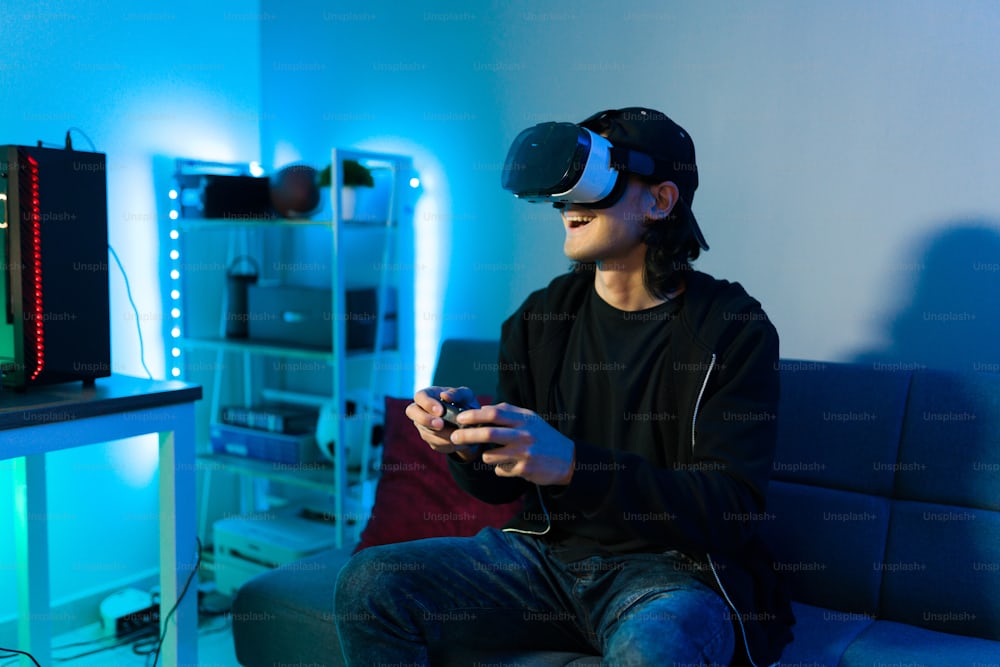Virtual Reality (VR) has evolved from a futuristic concept to a tangible technology that’s reshaping how we interact with digital content. As VR becomes more accessible and affordable, it opens up exciting possibilities across various industries. Here’s how to choose the right virtual reality software for your project development.
Understanding VR Technology
At its core, Virtual Reality relies on a combination of specialized hardware and software to create a seamless, immersive experience. The hardware typically includes VR headsets, motion controllers, and sensors that track the user’s movements. These components work in tandem to translate physical actions into the virtual world, creating a sense of presence and interactivity.
On the software side, VR experiences are built using powerful game engines, 3D modeling tools, and programming languages.
Choosing the Right Development Platform
Selecting the appropriate VR development platform is a critical decision that can significantly impact the success of your project. When making this choice, consider factors such as:
- Project complexity: Simple projects might benefit from user-friendly, drag-and-drop platforms, while more advanced projects may require platforms with extensive coding capabilities.
- Hardware compatibility: Ensure that your chosen platform supports the VR headsets and devices you intend to target.
- Community and support: Look for platforms with active user communities and comprehensive documentation to help you overcome challenges during development.
Best Practices for Creating Immersive VR Experiences
Focus on User Experience (UX)
In VR, user experience is paramount. Unlike traditional media, VR fully immerses users in a digital environment, making intuitive design and natural interactions crucial. Consider the following when designing your VR experience:
- Create an intuitive user interface that feels natural in a 3D space.
- Provide clear instructions and feedback to guide users through the experience.
- Pay attention to details like lighting, sound, and physics to enhance realism.
Optimize Performance
To create a truly immersive experience, your VR application must run smoothly. Poor performance can lead to discomfort and break the illusion of presence. Focus on optimizing your 3D models, textures, and lighting to maintain a high and consistent frame rate.
Design for Comfort
VR experiences can be intense, and user comfort should be a top priority. Implement comfort features such as:
- Gradual movement options to reduce motion sickness
- Comfortable viewing distances for UI elements
- Breaks in the experience to prevent fatigue
Iterate and Test
Developing for VR often requires a trial-and-error approach. Regularly test your experience with a diverse group of users to identify and address issues. Pay close attention to user feedback regarding comfort, intuitiveness, and overall enjoyment of the experience.
Expanding Beyond Gaming
While gaming remains a significant driver of VR technology, the potential applications extend far beyond entertainment. Consider how VR can be leveraged in various industries:
- Education: Create virtual field trips or interactive learning environments.
- Healthcare: Develop surgical simulations or therapy applications.
- Real Estate: Offer virtual property tours to potential buyers.
- Training and Simulation: Design realistic training scenarios for various professions.
Get Started with the Best Virtual Reality Software for Your Project
As you start your journey to create immersive VR experiences, having the right tools and support is crucial. Start with cutting-edge Virtual Reality software solutions designed to help you bring your vision to life today.



